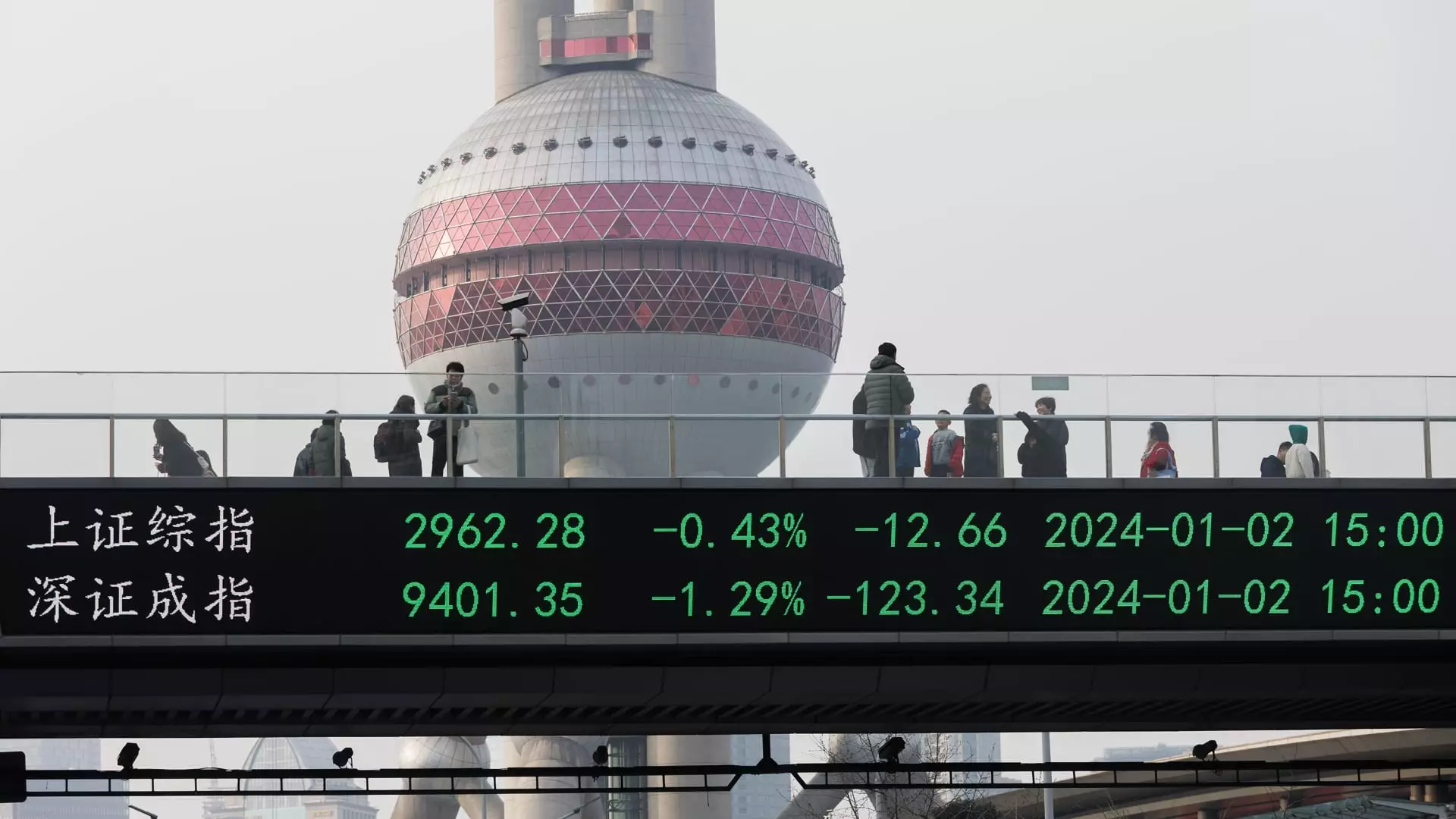In recent days, exchange-traded funds (ETFs) associated with Chinese stocks have experienced a remarkable surge, despite the temporary closure of mainland markets for a week-long holiday. This uptick can primarily be attributed to significant stimulus measures enacted by the Chinese government, aimed at revitalizing a faltering economy. Notable ETFs in the U.S., including the KraneShares CSI China Internet ETF (KWEB), iShares China Large-Cap ETF (FXI), iShares MSCI China ETF (MCHI), and Invesco Golden Dragon China ETF (PGJ), each seeing gains of 5% or more during morning trading sessions, underline this trend.
The surge in these ETFs is indicative of a broader investor sentiment that is being reshaped by government intervention. Scott Rubner, a tactical specialist at Goldman Sachs, expressed a bullish outlook on Chinese equities, suggesting that current demand levels are unprecedented. This optimism is fueled by multiple quantitative easing measures, such as interest rate reductions and adjustments in reserve requirements for banks, which are designed to increase liquidity in the market. Such measures reflect a proactive stance from Beijing in response to falling economic indicators, showcasing a commitment to stabilize growth.
The recent surge is particularly significant given the challenges faced by the Chinese economy in prior months. Prolonged regulatory crackdowns, coupled with sluggish economic performance, had severely impacted investor confidence. However, the recent influx of stimulus has sparked renewed hope among market participants. Influential figures like David Tepper, founder of Appaloosa Management, have voiced their bullish stance toward Chinese assets, reinforcing the notion that government backing can effectively support asset appreciation during turbulent times. Tepper’s investment strategy is a clear indicator that substantial financial players are becoming increasingly optimistic, marking a potential shift in market sentiment.
Specific sector performances have also mirrored this newfound optimism. E-commerce giants like JD.com and Pinduoduo (PDD) have experienced impressive gains; JD.com climbing 5% and PDD witnessing a nearly 5% rally following an 8% rise the day prior. These movements are reflective of a broader recovery narrative within sectors that are tightly interwoven with consumer spending and digital commerce trends. The response from such companies, buoyed by governmental support, underscores the potential for a robust rebound in these industries.
While the current rally in Chinese ETFs presents a positive outlook and an enticing investment opportunity, it is vital for investors to remain cautious. The volatility inherent in the Chinese market, shaped by both domestic policies and global economic trends, may introduce risks that could offset short-term gains. As markets reopen, monitoring real-time performance and regulatory developments will be crucial for maintaining an informed investment strategy. The unusual levels of demand for Chinese equities highlight a significant turning point; however, sustained growth will depend on the continual effectiveness of government policies and their impact on economic recovery.

